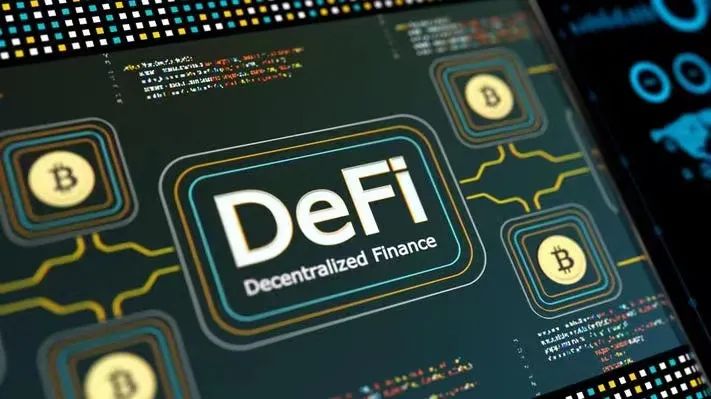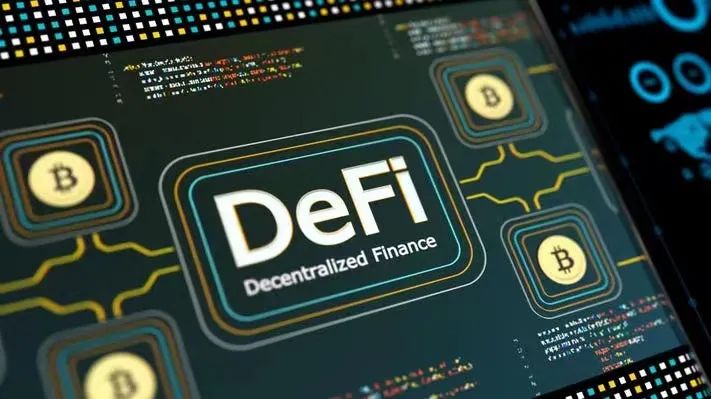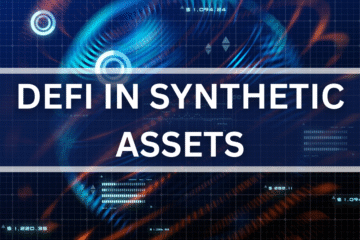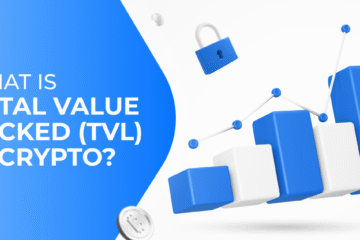DeFi Basics: Understanding Liquidity Pools and Token Logic

If you’re familiar with the blockchain world, you’ve likely heard of DeFi, or decentralized finance—a term that’s become impossible to ignore.
While the concept is widely recognized, some may still find it confusing. Today, we’ll dive into DeFi, exploring its economic principles and token logic to demystify this exciting space.
Before we get into the mechanics of liquidity pools and tokens, let’s first compare decentralized finance with traditional finance to highlight its unique advantages.
One clear benefit of DeFi is its convenience and speed. With just two accounts and an internet-connected phone or computer, anyone, anywhere in the world, can complete a transaction in seconds or minutes, transferring value instantly.
Compare that to traditional finance, where cross-border transfers can take days or even weeks. You need a bank account, KYC (Know Your Customer) verification, and a slew of complex steps.
While DeFi’s scale is still small compared to traditional finance, its speed, accessibility, and transparent, decentralized nature give it the potential to challenge the status quo.
DeFi isn’t just a buzzword—it’s a real-world innovation with practical applications.
When talking about DeFi, Uniswap is a must-mention. As one of the top decentralized exchanges (DEXs) by trading volume, Uniswap’s liquidity pools and token mechanisms are core to DeFi’s ecosystem, inspiring countless derivatives and innovations.
Today, we’ll focus on two key concepts: liquidity pools and tokens.
What Are Liquidity Pools?
Simply put, a liquidity pool is a collection of two different tokens paired in a specific ratio.
Imagine Token A is worth $1 and Token B is worth $10. To form a liquidity pool, you’d combine 10 Token A with 1 Token B to maintain the value ratio.
This process is often called “providing liquidity” or “forming an LP” (liquidity provider). So, what’s the point of creating a liquidity pool?
Suppose you have a pool with an “infinite” supply of Token A and Token B. If a user swaps 1 Token B to get 10 Token A from the pool, the A:B ratio remains nearly 10:1, as the pool’s size absorbs the trade.
But if the pool is smaller—say, 100 Token A and 10 Token B—and a user swaps 1 Token B for 10 Token A, the pool’s composition shifts to 90 Token A and 11 Token B. This changes the exchange rate to approximately 8.18 Token A per Token B.
In reality, 1 Token B is worth 10 Token A. This discrepancy means users can profit by swapping Token A for Token B in the pool, which helps rebalance the pool dynamically.
This imbalance, or “price deviation,” is what causes the “high slippage” we often hear about when a pool isn’t large enough.
Fees and Token Value
When using Uniswap, you pay a small transaction fee (note that Ethereum’s gas fees, which Uniswap doesn’t collect, can be pricey). These fees provide the value backing Uniswap’s platform token, $UNI, which can be used for community governance and voting.
Why Liquidity Pools Matter
Understanding liquidity pools is key to grasping DeFi. Once you get how they work, terms like slippage, providing LP, and impermanent loss become much clearer!










